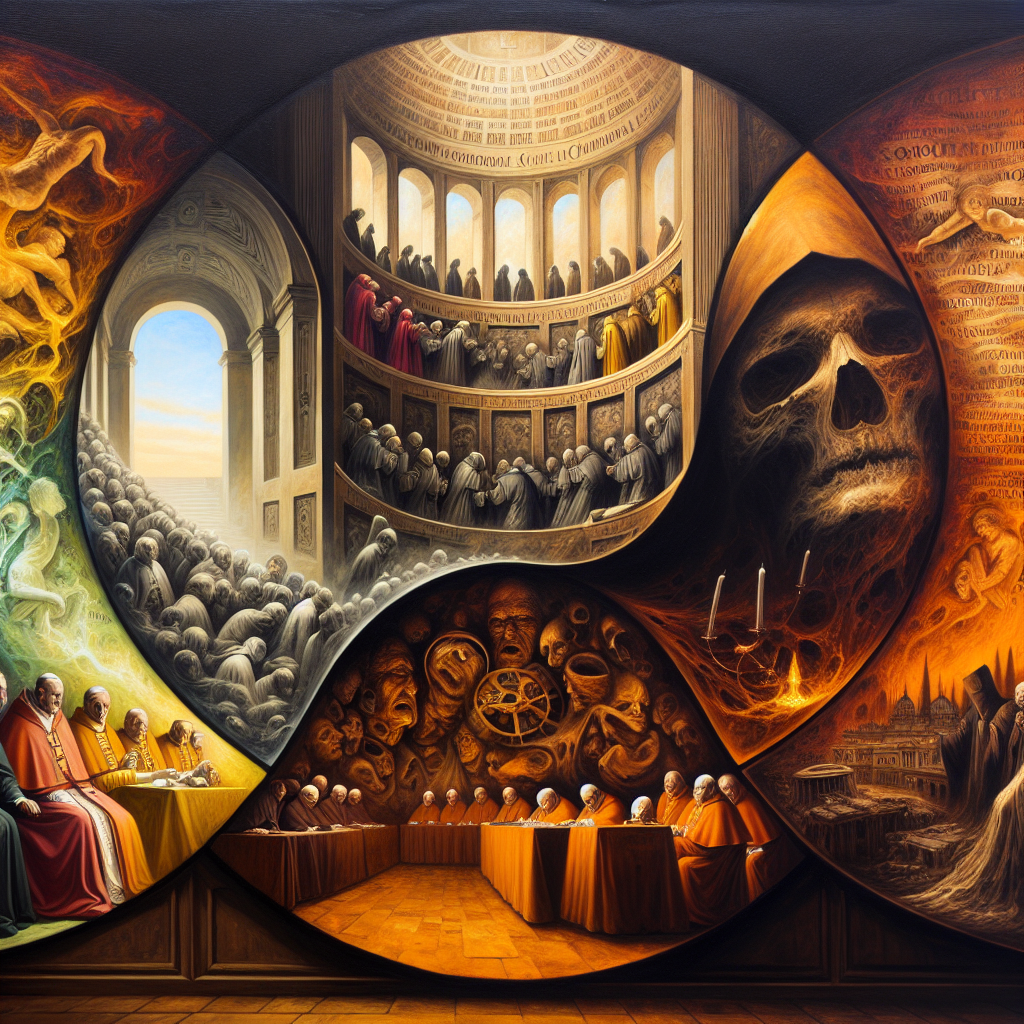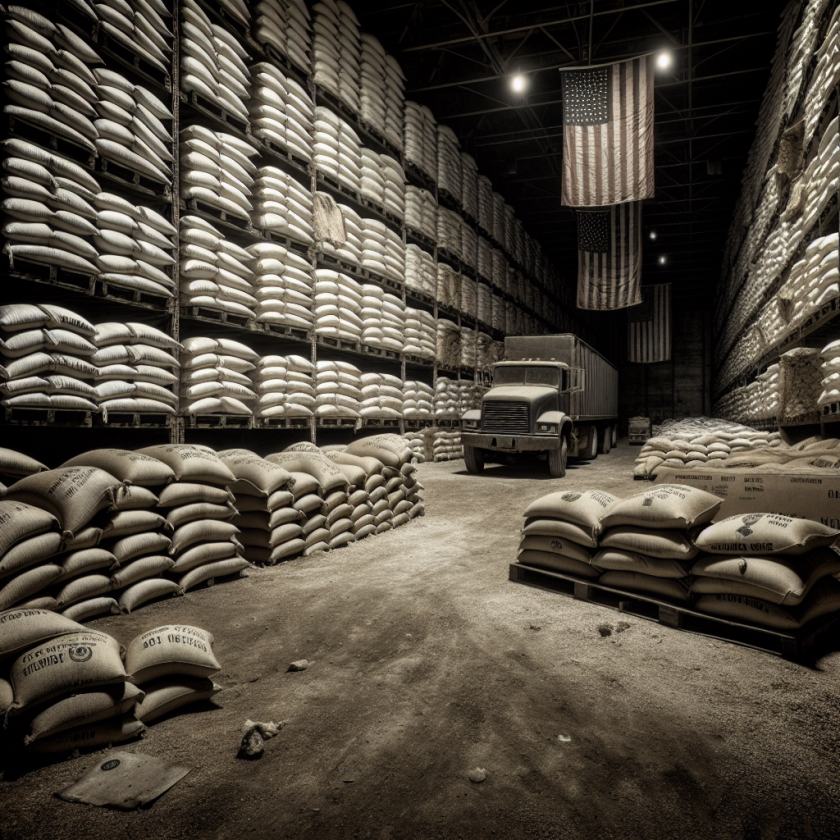Papal Elections Through History: Symbols, Mortality, and Provisions
Papal Elections Through History: Symbols, Mortality, and Provisions
Introduction to Papal Elections
The process of electing a pope has evolved significantly over the centuries, reflecting changes in religious, political, and social contexts. This historical journey is marked by unique symbols, considerations of mortality, and specific provisions that have shaped the papal conclave.
Symbolism in Papal Elections
Symbols play a crucial role in the papal election process, serving as both spiritual and political signals. Key symbols include:
- The White Smoke: A traditional signal indicating the successful election of a new pope, emerging from the Sistine Chapel chimney.
- The Ring of the Fisherman: A symbol of papal authority, bestowed upon the newly elected pope.
- The Papal Seal: Used to authenticate documents, representing the pope’s official capacity.
Mortality and Its Impact
Mortality has always been a significant factor in papal elections, influencing both the urgency and the procedures of the conclave. Considerations include:
- Age of Candidates: Historically, older candidates were often favored, reflecting a preference for experienced leadership.
- Health Concerns: The health of candidates can impact the length and nature of a papacy, influencing the decision-making process.
- Succession Planning: The inevitability of mortality necessitates careful planning for future leadership transitions.
Provisions for the Conclave
The conclave, the gathering of cardinals to elect a new pope, is governed by specific provisions designed to ensure a fair and decisive process. These include:
- Secrecy: Strict confidentiality is maintained to protect the integrity of the election.
- Isolation: Cardinals are secluded from outside influences to focus solely on the election.
- Voting Procedures: A series of ballots are conducted until a two-thirds majority is achieved.
Conclusion
The history of papal elections is a fascinating tapestry woven with rich symbols, the ever-present reality of mortality, and carefully crafted provisions. These elements together ensure that the process remains a deeply spiritual and meticulously organized event, reflecting the enduring significance of the papacy in the Catholic Church.








































